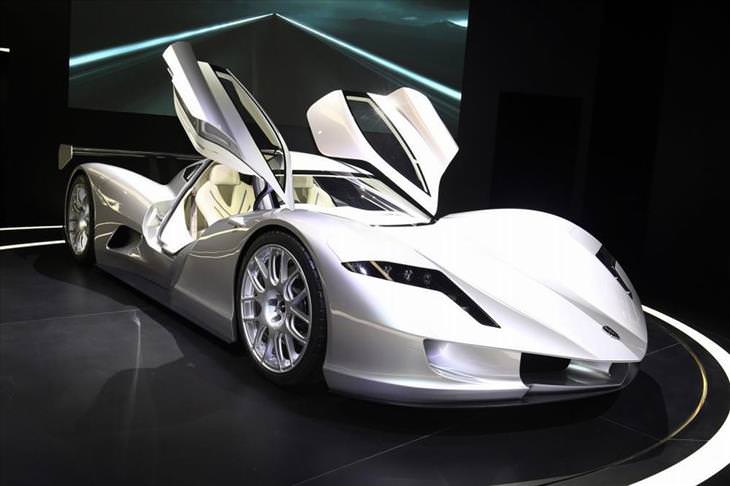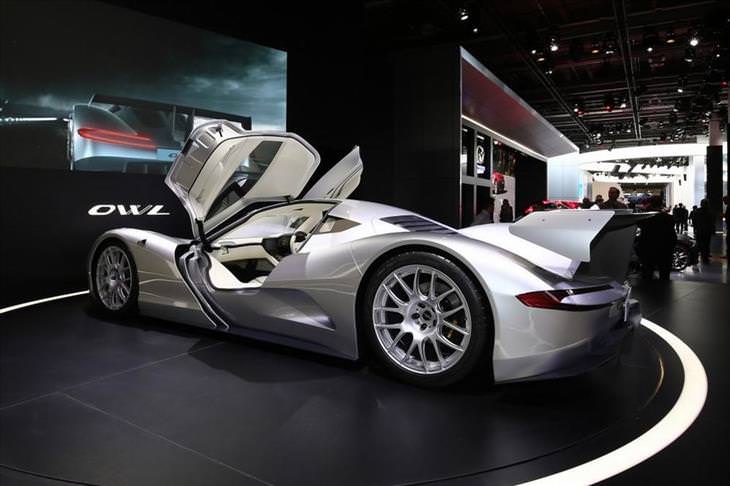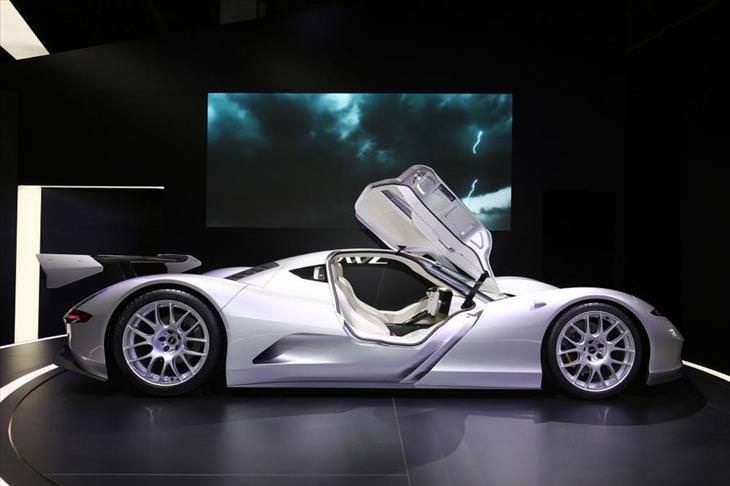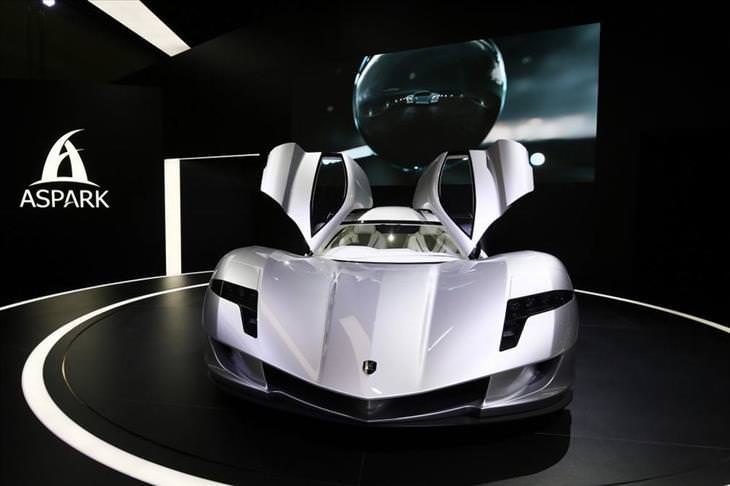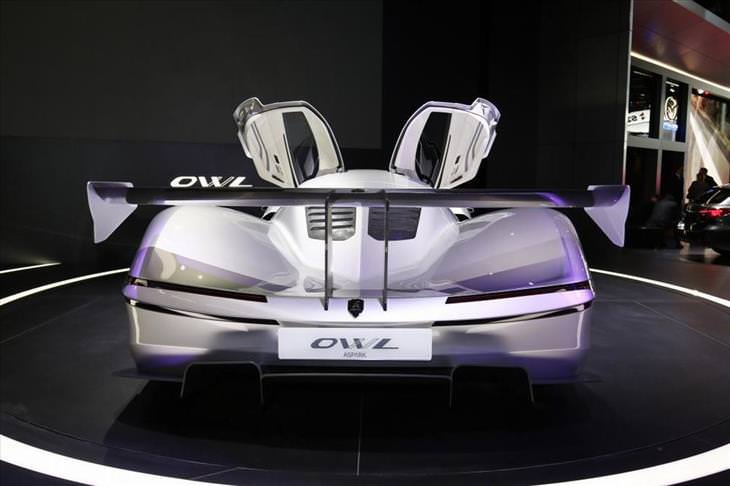
Fashioned out of carbon fiber, the Aspark Owl should be good for a 175mph top speed, but it’s undoubtedly the 0-60mph acceleration figure that’s the most impressive performance figure. In fact, Aspark claims that it’s now the fastest electric car in the world.
The interior is just as unconventional as the rest of the car, with digital infotainment displays ahead of the driver, in the center console and even underneath the driver’s side air vent. The wheels are made out of magnesium to help keep the car’s overall weight down.
What’s particularly special about the Owl is that Aspark has incorporated a completely new current-control technology to draw four times the amount of power from the electric motor than they are actually capable of producing.

The History of the Pagani Zonda, a Modern Supercar Icon
The Pagani Zonda was once an unknown entity, yet in the space of 15 years, it became one of the biggest supercar icons in the world. Here is its history.
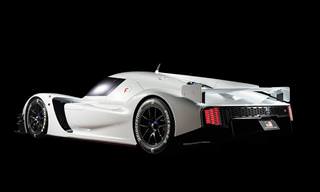
Toyota is Feeling Celebratory and Has Birthed a Monster...
Toyota recently took its first-ever victory at the 24 Hours of Le Mans, and wants regular customers to share the experience. Time to meet the GR Super Sport!

These Cars Are So Obscure, Even We Didn't Know About Them!
It's sad to think that some of these extraordinary sports cars are so obscure. Here are 10 highly obscure sports cars.
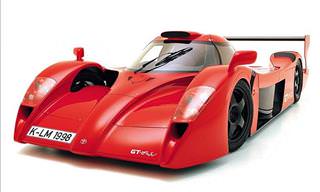
Unbelievable! 12 Awesome Racing Cars with License Plates
The phrase "a race car for the road" nicely sums up these behemoths. Here are 12 ultra rare race cars with license plates.
 7:14
7:14
WATCH: This Lamborghini Blitzed the Nurburgring Lap Record
The automotive world let out a collective gasp when it saw just how fast the Lamborghini Huracan Performante went around the Nurburgring. Watch the record run.

You Won't Believe That These Things Exist in Japan...
If there's one place on this planet that well and truly at the forefront of modern technology, it has got to be Japan, as these inventions prove...
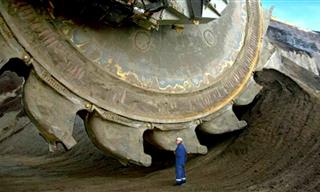 7:27
7:27
7 Monstrously Massive Machines You Won’t Believe Are Real
What is the largest vehicle in the world? Here are some monstrous examples.

Paul Allen's Collection of WWII Planes Is Staggering!
This amazing group of planes was amassed by billionaire Paul Allen. These incredibly rare WWII fighters can be enjoyed by the general public. Take a look.
 8:02
8:02
11 Forgotten Standard Car Features We Don't Use Anymore
Would you want these old car features to be brought back?

Presenting 15 of the Biggest Airplanes Ever Built
These are the biggest and juiciest airplanes every piloted. I bet you'd love to ride on one of these beauties!
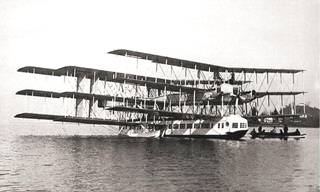
It's Incredible That These Weird Planes Ever Took Flight...
Some very clever men have created some extremely weird vehicles in the past century. In fact, these are probably the most bizarre aircraft ever. Take a look.
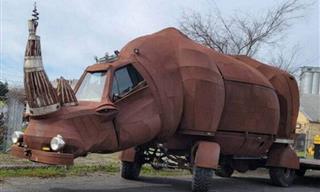
17 Bizarre Autos That Will Leave You Scratching Your Head
Explore the world of weird cars that defy the norms of automotive design.
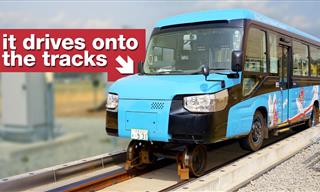 5:04
5:04
The Bus-Train: A Game-Changer in Public Transportation
Hop aboard the 'Dual-Mode Vehicle (DMV)' – a bus that can transform into a train.

8 Fascinating Facts from the World of Vehicles
We have collected 8 fascinating facts you may not have known about cars.

Exploring 5 of the Most Famous Pilots in History
The fascinating stories of men and women who dared to explore flight when it was still a young technology.
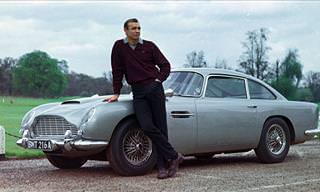
James Bond's Best 15 Cars, Boats and Planes!
James Bond is a movie icon, but the super-spy would not have been half as effective without his fleet of luxury vehicles armed with his signature gadgets.

20 Most Unusual Vehicles You Won't Believe Actually Exist
So, which one of these weird cars would you like to drive?
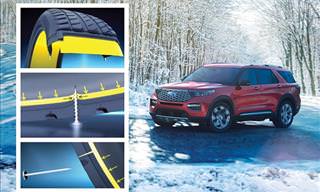
Nail On the Road? No Problem! Say Goodbye to Flat Tires
Ford Explorer will be the first vehicle fitted with unique tires that seal over punctures

The World’s 8 Most Amazing and Unique Flying Cars
Check out some of the most amazing and unique flying cars that have actually existed.

It's Crazy That These Highly Valuable Cars Were Abandoned!
It's incredible to think that these highly valuable cars were forgotten about in garages and barns for so long. Check out these incredible barn find cars.
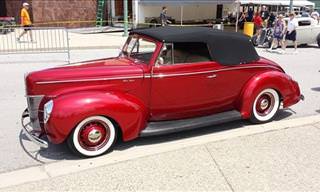
I Wish They Still Made Cars Like These Classic Hot Rods
Hot rodders spend their spare time fixing and transforming classic cars. See the stunning cars their dedication has produced.
 6:40
6:40
Why is Europe Cutting Down on Air Travel?
Europe is seriously considering a shift from air travel to high-speed railway systems, but why?

The Golden Age of Two Wheels: Exploring Classic Motorbikes
Today, let’s ride back to the past and explore some of the most iconic motorcycles in history.
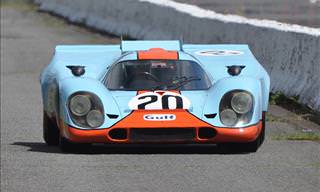
These Incredible Racing Cars Take Me Way Back!
Whether we are racing fans or not, certain racing cars are iconic for one reason or another. Here are 14 of the most iconic racing cars of all time.

Collection: The Airplanes That Conquered the Skies
Before you are 10 posts that will each take you to a world of airplanes, so you get a wide range of fascinating planes to learn about!
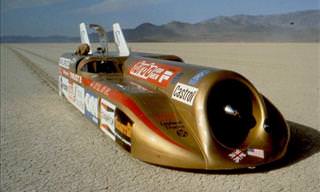
These Remarkable Cars Broke the Land Speed Record!
Having broken the speed of sound, designers are developing a car designed to travel at 1000 mph. Here are the other cars that have broken the land speed record.
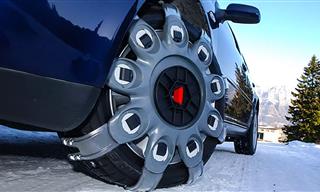 12:57
12:57
These Gadgets Will Make Your Car a Lot More Fun
Wouldn’t it be awesome to have one of these cool car accessories?
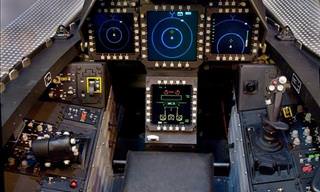
Step Inside the Cockpits of These Amazing Planes
Have you ever wondered what it would be like to get behind the controls of some of the most exciting planes and helicopters ever built? Well wonder no more!
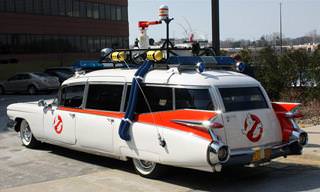
The Car, the Star: 12 Famous Cars From Movies and TV
There were many famous cars in movies and TV over the years, but some stand out above all the others. Here are the 12 most famous ever to grace our screens.

Join Us for a Tour of 8 Giant, Luxurious Cruises
8 vessels that will undoubtedly inspire you to plan a future sailing vacation aboard them - complete with accompanying videos showcasing their delightful features.
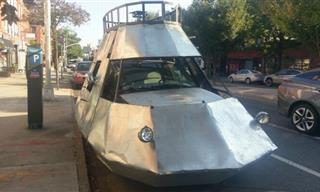
Have You Ever Seen Cars as Weird as THESE?
These 25 cars are the strangest you have ever seen.
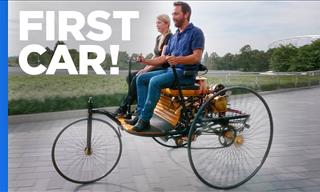 9:14
9:14
How Would It Feel To Drive The World's First Car? Find Out
Looking at vintage cars is fascinating, isn't it? Here you will get to see what it feels like to drive the replica of the world's first car.

Yikes! These Cars Are Truly The Worst Ever Made...
Some cars are a really a blot on the world's roads. From hideous styling, to pathetic performance and alarming safety, these 15 are the worst of the worst.

This Incredible Tank Collection Displays Epic Machinery
This man has spent millions collecting tanks from the past century!
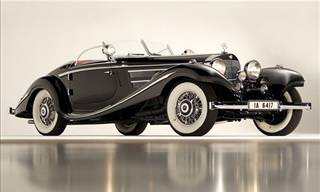
These Stunning Cars Were Sold at Unbelievable Prices
These classic cars are beautiful, but you need very deep pockets if you ever fancy getting hold of one of them.

These Are the Strangest Vehicles I've Ever Laid Eyes On.
From a five person bike to giant monstrosities, these are some of the wildest designs for vehicles we've ever seen! Take a look!

This Subway Train Has a Beautiful Secret Inside...
What looks like a regular subway from the outside, offers a suddenly luxurious experience inside!
 21:44
21:44
This Daredevil Motorcyclist Will Leave You Petrified!
Get ready to watch one of the most dangerous acts ever performed on TV, as a stunt motorcyclist performs a dangerous routine around Howie Mandel.

Working for Years, This Student Built Something Incredible
he following pictures showcase Luca's exceptional talent and the incredible model he built of a Boeing 777

These Were the Fastest Production Cars Money Could Buy
Many records have been broken as part of man's relentless pursuit of more and more speed. Each of these 16 cars has held the production car speed record.
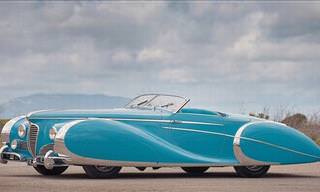
These 12 Beautiful Cars Are Literally One of a Kind
There are only one each of these beautiful, classic cars.
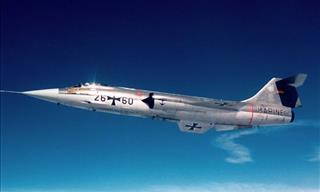
These Cold-War Military Jets Are Amazing Pieces of Work
These airplanes saw action during the extremely tense cold war. Looking at how big and powerful they are, it's a god send things didn't spiral out of control!
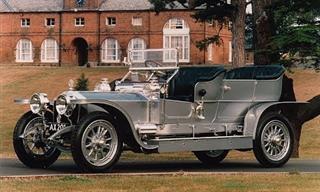 25:07
25:07
A ROYAL History of the Rolls-Royce Car
For 119 years, Rolls-Royce has exemplified a unique blend of creativity, invention, and luxury.
 5:25
5:25
Look Ma, No Eyes: How Self-Driving Cars "See" Obstacles
The technology that allows self-driving cars to detect and navigate around obstacles

Oh Dear! How Did THAT Happen?
35 Awesome photos of people with no parking skills what so ever...

These Cars are Completely Bizarre and Hilarious!
From cars that look like other things to cars that look like they are about to fight zombies to cars that are half a motorcycle!
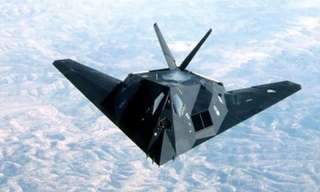
Invisible Warfare: Impressive Stealth Aircrafts!
The most advanced stealth airplanes around the world are a technological marvel.



